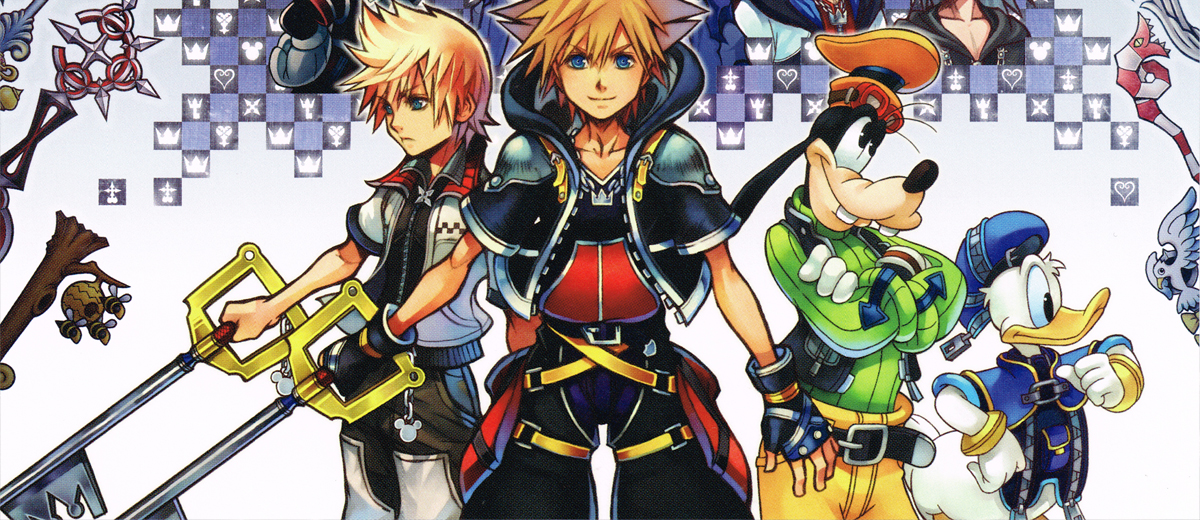 Over a decade ago, a franchise was born, drawing upon stories and characters from Disney, the Final Fantasy series and The World Ends With You. I had the chance to try out the latest instalment, Kingdom Hearts HD 2.5 ReMIX (hereafter referred to as KH2.5), the second of two remastered collections of games released exclusively for the PlayStation 3.
Over a decade ago, a franchise was born, drawing upon stories and characters from Disney, the Final Fantasy series and The World Ends With You. I had the chance to try out the latest instalment, Kingdom Hearts HD 2.5 ReMIX (hereafter referred to as KH2.5), the second of two remastered collections of games released exclusively for the PlayStation 3.
This collection is comprised of:
- Kingdom Hearts II Final Mix (2FM)
- Kingdom Hearts Birth By Sleep (BBS)
- Kingdom Hearts Re:coded (RC)
Apart from simply being remastered, these games also feature much in the way of new content, as well as trophy support. From here on, I’ll be focusing mainly on the first two games, as RC is almost purely delivered in a cinematic format.
 I think that now would be an appropriate time to point out that I’ve never previously played any games in the series. While I am a huge fan of Disney, I had just never really felt the games to be that interesting.
I think that now would be an appropriate time to point out that I’ve never previously played any games in the series. While I am a huge fan of Disney, I had just never really felt the games to be that interesting.
While not featuring the first game in the series, the collection does hold much appeal for newcomers. Diving right into the games as they are presented in the main menu, those unfamiliar with the background to Kingdom Hearts have the opportunity to piece together what has happened thus far through the first several hours of playing 2FM. Square Enix quite appropriately grouped these three games together, given the fact that they do well to bring a newcomer up to speed on the events so far, while collectively also pushing deeper into the Kingdom Hearts universe.
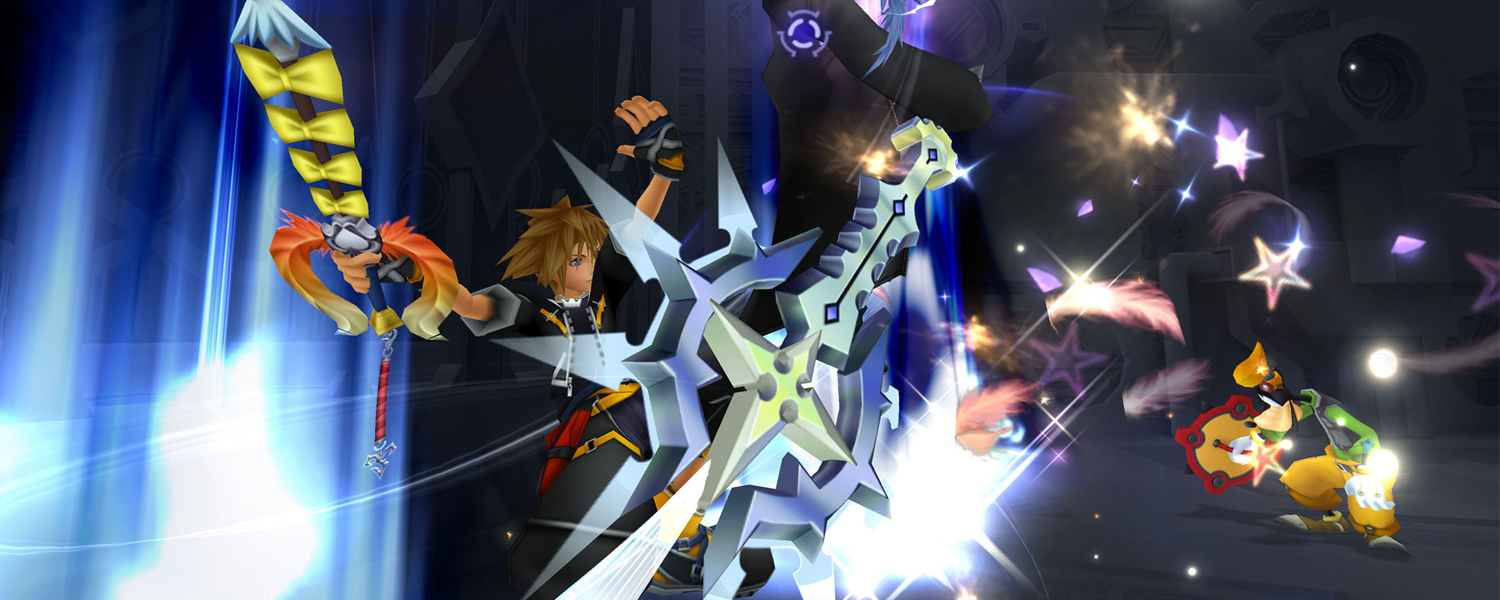 What became clear quite early on was a particular focus on issues like friendship, identity and the fight between good and evil. Following primarily in the footsteps of teenage boy Sora, the games follow his journey to reunite his friends, making new ones along the way, and a constant battle against the forces of darkness. In doing so, the games certainly work well to offer up lessons about the importance of human connection, and of not giving in to darkness.
What became clear quite early on was a particular focus on issues like friendship, identity and the fight between good and evil. Following primarily in the footsteps of teenage boy Sora, the games follow his journey to reunite his friends, making new ones along the way, and a constant battle against the forces of darkness. In doing so, the games certainly work well to offer up lessons about the importance of human connection, and of not giving in to darkness.
A prequel to the entire series, BBS’s plot very much ties in with events that occur in the first game, and indeed in giving background to the other games. It follows the adventures of three Keyblade holders: Ventus, Aqua and Terra, who work to stop the rise of an evil power. 2FM then continues Sora’s journey, detailing his adventure to find and reunite his friends. Along the way, he takes up arms against the evil Organisation XIII and their lackeys, fighting to undo the trouble they have caused. It is closely intertwined with RC, which continues Sora’s story by way of a mysterious sentence that appears in 2FM, and also builds upon the fates of the three characters from BBS.
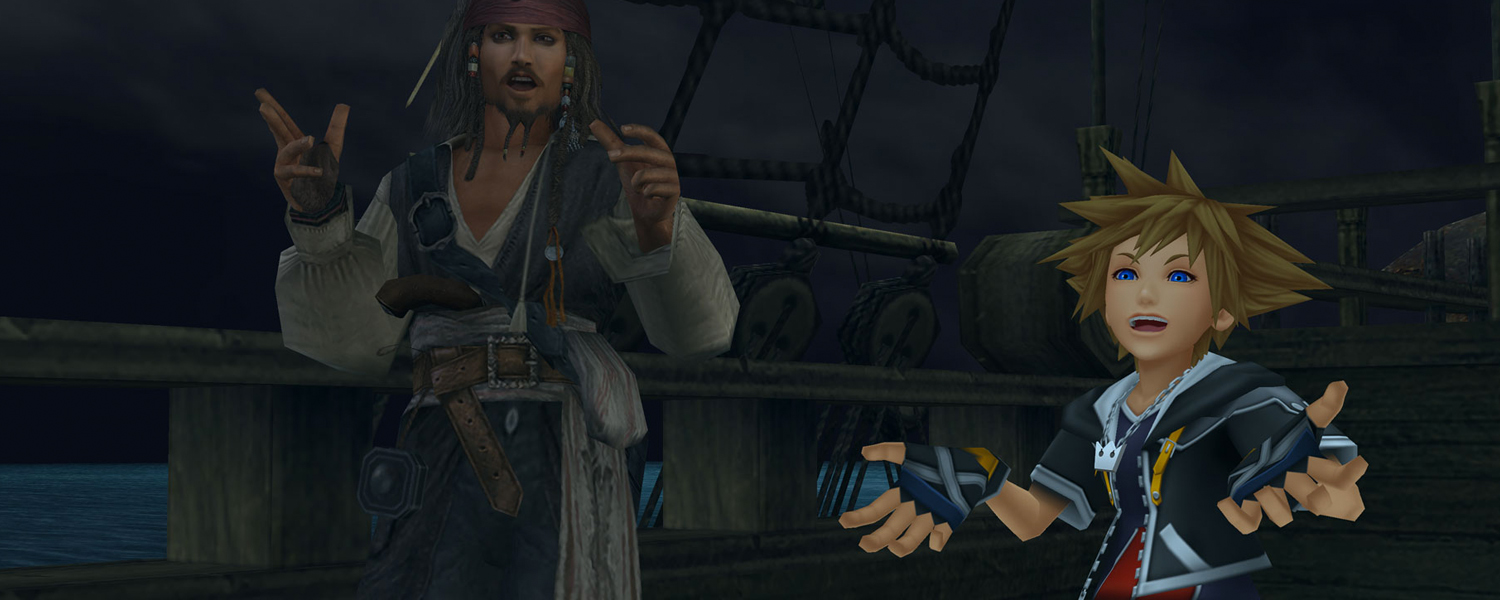
Much credit has to be given to Square Enix for their use of a somewhat episodic structure throughout the games. Within each of the games, overarching storylines spanned across a number of visitable worlds, each containing different characters. This certainly helped greatly to break down the plot, and coupled with the compelling storyline, fuelled my curiosity to find out what would happen next.
One of the series’ greatest strengths lies in its ability to offer up a unique perspective on storylines and characters from the other franchises. Like many, I grew up a fan of Disney, with characters like Mickey Mouse, Donald Duck and Winnie the Pooh being a key part of my childhood. Characters like them make appearances throughout the games, but rather than merely taking a backseat to the narrative, they take a very active role in Sora’s adventure. Through that, Kingdom Hearts’ storyline holds great appeal for players like myself by offering an opportunity to embark on an adventure with our childhood heroes.
 Evidently, the three games in the collection have been remastered with more high definition graphics. Of the three, only 2FM is a remastered version of a PS2 game, with Kingdom Hearts II having been released late into the PS2 cycle.
Evidently, the three games in the collection have been remastered with more high definition graphics. Of the three, only 2FM is a remastered version of a PS2 game, with Kingdom Hearts II having been released late into the PS2 cycle.
Having been remastered, however, one of the more annoying aspects that I found with the games was a poor balance in the use of cutscenes and dialogue. A star-studded cast help to bring the characters to life, though I couldn’t help but feel that their talent was somewhat stifled at times. On many occasions, a fully voice-acted cutscene would play out, only to transition directly into scenes relying simply on textual dialogue on-screen. That may be considered a pet peeve on my part, but I felt that it would have added to the game experience if all relevant dialogue occurred in the cutscenes, if only slightly.
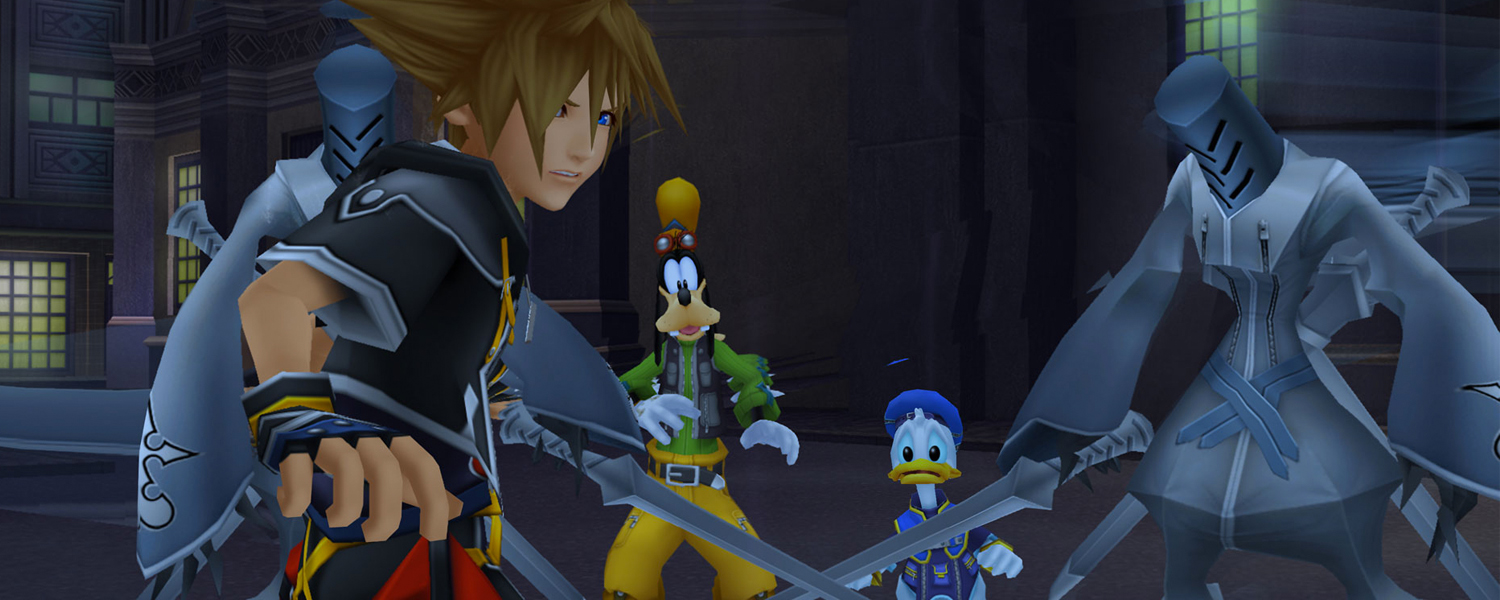 Given the nature of the games, I must commend Square Enix for staying true to the sources of their borrowed elements. By that, I mean that great attention was given to the style of the original works, which came across quite evidently in the games. In BBS, for example, I found myself exploring a faithful and reimagined version of Mickey’s Toontown within the world of Disney Town. Like the other worlds I visited, this attention to detail did much in the way of serving to evoke a feeling of familiarity with the characters, adding to a greater degree of engagement with the story.
Given the nature of the games, I must commend Square Enix for staying true to the sources of their borrowed elements. By that, I mean that great attention was given to the style of the original works, which came across quite evidently in the games. In BBS, for example, I found myself exploring a faithful and reimagined version of Mickey’s Toontown within the world of Disney Town. Like the other worlds I visited, this attention to detail did much in the way of serving to evoke a feeling of familiarity with the characters, adding to a greater degree of engagement with the story.
Mention must be made of the audio for the collection, quite a bit of which was remixed and improved upon. According to an interview with co-director Yasushi Yasue, approximately 80% of the audio within 2FM was remixed. To stay true to composer Yoko Shimomura’s music, which is become a central part of the series, work was done to carefully add depth in ways like the addition of stringed instruments. For BBS, the developers sought to improve upon the degree of realism by adding atmospheric sounds, such as the sound of flowing water when in close proximity to a fountain.
Now, as I mentioned at the beginning of this review, RC is presented simply in cinematic form. The remastered version of the game Kingdom Hearts Coded, it is devoid of any gameplay elements from the original. Instead, it is presented as a series of episodes blended together, offering greater depth to the story. Players have the opportunity to either play through it at once, or select certain chapters from the main menu.
 Across the games, I found combat gameplay to largely rely upon button mashing. Coming across groups of enemies as frequently as I did, more often than not, just continuously tapping X meant dispatching of them with relative ease. In 2FM, I was quite often aided by my companions at the time (usually Donald and Goofy), who each had their own special abilities and could be equipped with healing items to keep the rest of the party topped up. Through that, the combat mechanics were certainly easy to master, but arguably too much so.
Across the games, I found combat gameplay to largely rely upon button mashing. Coming across groups of enemies as frequently as I did, more often than not, just continuously tapping X meant dispatching of them with relative ease. In 2FM, I was quite often aided by my companions at the time (usually Donald and Goofy), who each had their own special abilities and could be equipped with healing items to keep the rest of the party topped up. Through that, the combat mechanics were certainly easy to master, but arguably too much so.
Heading into BBS, I was met with a revamped combat system that I personally found to be arguably far better. For the most part, the protagonist travels alone, and it falls to their abilities alone to take down foes. To that end, Square Enix has offset this by empowering the playable character with a greater range of abilities and options.
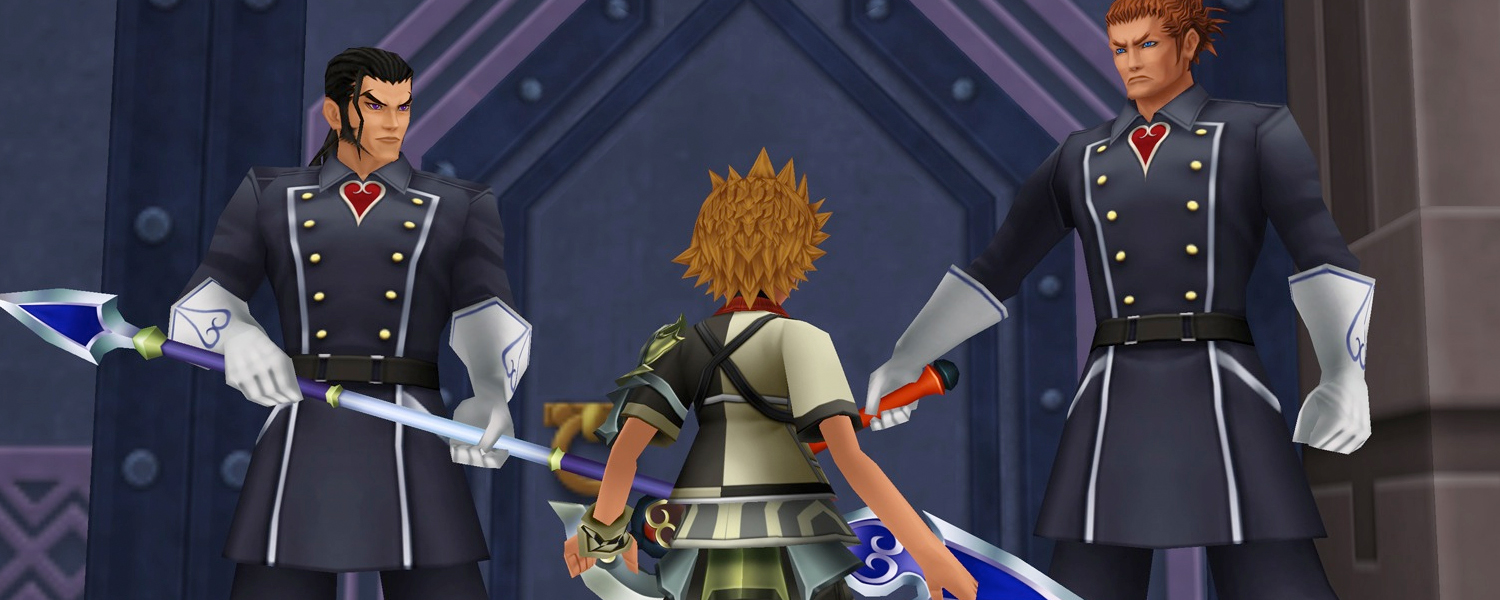 One such change is the adding of the Command Deck. In a way, this is a build upon the Drive bar that filled up during combat in 2FM, allowing Sora to take on a more powerful form. Instead, the Command Deck fills up through the use of equippable abilities, combining to form a Finish Command that can unleash powerful attacks on your foes. These commands and abilities are customisable, and are unique to each of the playable characters.
One such change is the adding of the Command Deck. In a way, this is a build upon the Drive bar that filled up during combat in 2FM, allowing Sora to take on a more powerful form. Instead, the Command Deck fills up through the use of equippable abilities, combining to form a Finish Command that can unleash powerful attacks on your foes. These commands and abilities are customisable, and are unique to each of the playable characters.
This change is further aided by the introduction of the D-Link system, which I found to be an interesting way of replacing the lack of party members. Following an encounter with key characters like Mickey or Cinderella, the current character forms a D-Link with them. The player can call upon this link during battle, and for a short time, be able to make use of the Command Deck unique to a particular character. I found this not simply to just be a refreshing change to the sort of gameplay I’m accustomed to, but also an opportunity to change up combat from time to time.
On many occasions, I seemed to find myself right up against the edge of the gameplay area. It was clear that quite a number of enemies have a particular knack for flinging the character up against a wall. I did not find this quite so bothersome at times, as this meant that with a bit of manoeuvring, I could eliminate my target without them fleeing. At times, however, I would get so caught up in the heat of battle that I wouldn’t realise that we had moved dangerously close to the entrance to a different gameplay area. I quickly learnt that in such cases, it’s definitely better to keep within the middle of the area or else risk having to come back and fight the same enemies again.
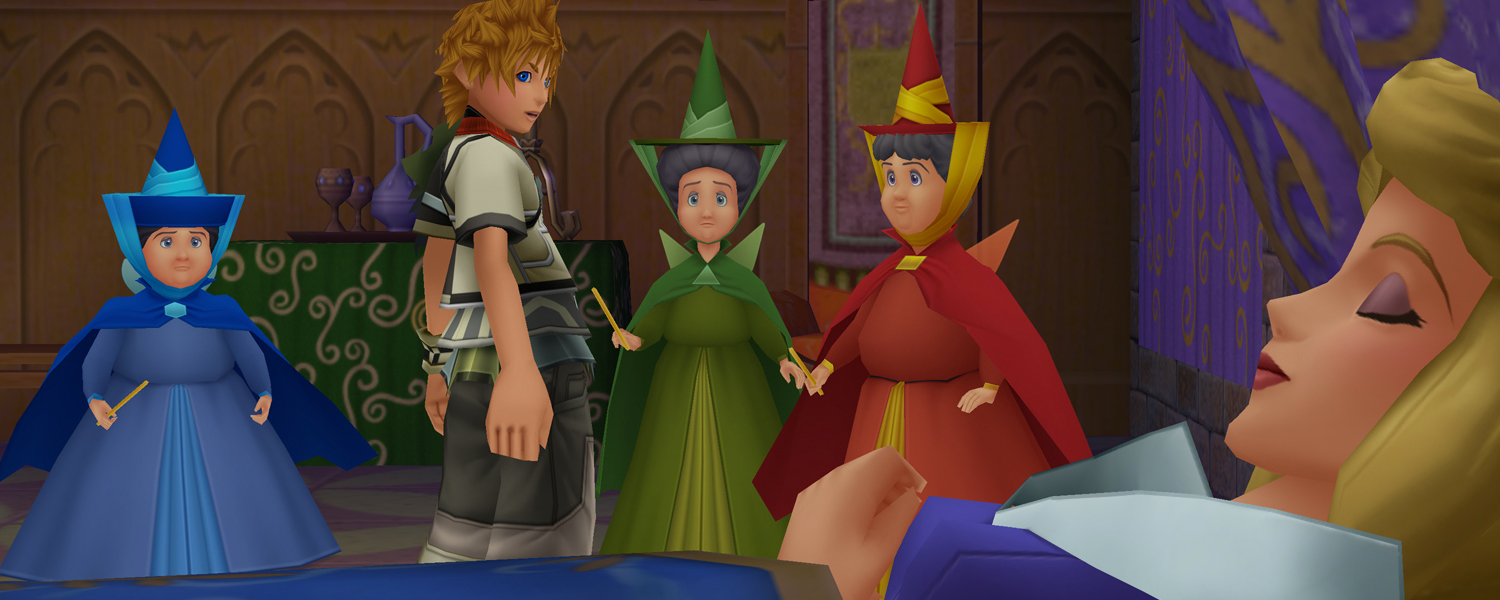 Throughout the collection, there are several instances where you must successfully complete minigames to proceed. However, after a couple of hours of gameplay, it becomes apparent that these can be too few and far in between. However, their sporadic placement does lend itself to a feeling of variety, rather than a sense of a formulaic game design.
Throughout the collection, there are several instances where you must successfully complete minigames to proceed. However, after a couple of hours of gameplay, it becomes apparent that these can be too few and far in between. However, their sporadic placement does lend itself to a feeling of variety, rather than a sense of a formulaic game design.
Aside from that, I did find some issue with the minigames themselves. In 2FM, there was an objective to obtain a certain amount of money through playing different minigames. However, the payout from these games was quite small, thus meaning quite a bit of repetition. For what the games are, I feel that they could prove difficult and frustrating for their players in some regard. By that, I refer to a particular minigame in BBS that requires a great sense of rhythm and skill to even get close to passing.


